Our tour started in London. Zegrahm gave us vouchers to use on the express train from Heathrow to Paddington Station adjacent to the Paddington Hilton. Our rooms weren't ready when we arrived mid-morning. That took care of any temptation we might have had to check in and snooze. Off we went to explore!
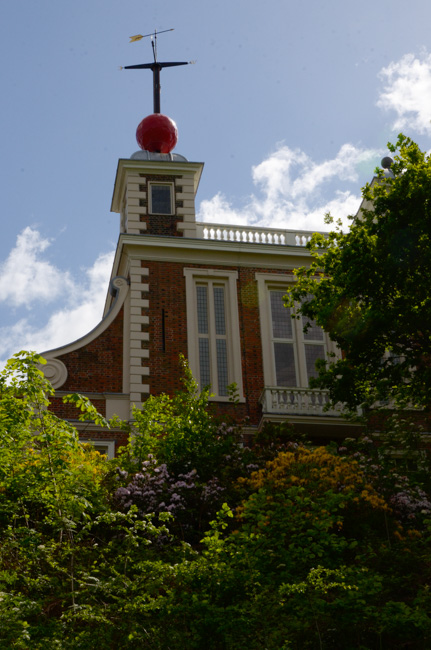
Jim had visited before, but I had a long-deferred dream of visiting the Greenwich Observatory. The hotel staff gave us directions to get there using our favorite "multi-modal" forms of transport: subway to the Thames Clipper "river bus," to Shanks mare up the hill to the observatory, and back again on the river & subway before meeting our fellow travelers for an afternoon reception and dinner.
My first-time-ever ride on the London "tube."
Greenwich did not disappoint! I had not expected the extensive and beautiful parkland surrounding the observatory. Or the exhibits referencing such seminal figures as Halley, of comet fame, or ....
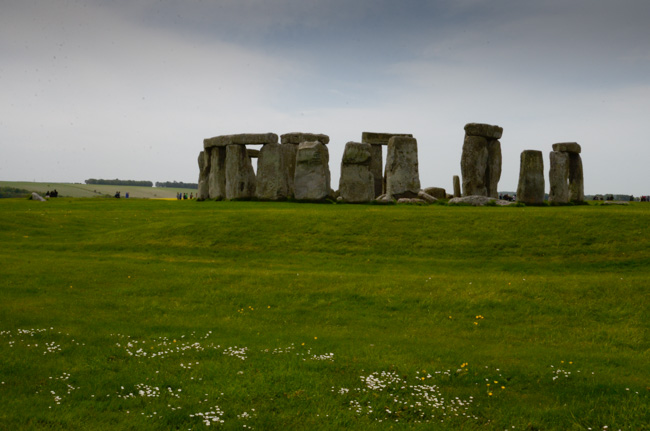
The following day started at Stonehenge. Jim had visited in the past, but I had not. Visitors' experience at this site has changed over the years. In the mid-70s Jim walked amid the stones and touched them. In later years, authorities sequestered the stones behind distracting fences. Nowadays, the monument is appropriately protected, but without disruptive visual barriers.
This was an early introduction to the "ancient" part of the program's title. Stonehenge is more ancient than the Druids, who may or may not have made use of it.
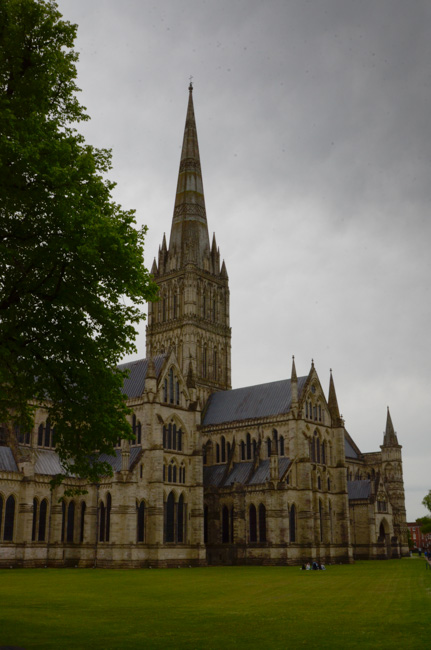
The massive structure of Salisbury Cathedral has been standing since the 14th century on a slurry of gravel and water! The foundations are shallow, about five feet deep, and caretakers monitor the groundwater levels: too high = flooding, too low = potential collapse!
Unlike most such structures, it has not been extensively modified as tastes have changed.
The best preserved of the original copies of the Magna Carta is displayed here.
After lunch and our visit to the cathedral we proceeded to Plymouth to board our ship. The last time we sailed on her she was called the Sea Adventurer and had a reputation of being prone to breakdowns (although we didn't know that tidbit ahead of time!). She is now called the Ocean Adventurer and has new engines and propellers plus several new staterooms. We were disappointed to find that improved creature comforts in the original staterooms had received short shrift (limited electrical outlets!), but the common areas did receive upgrades.
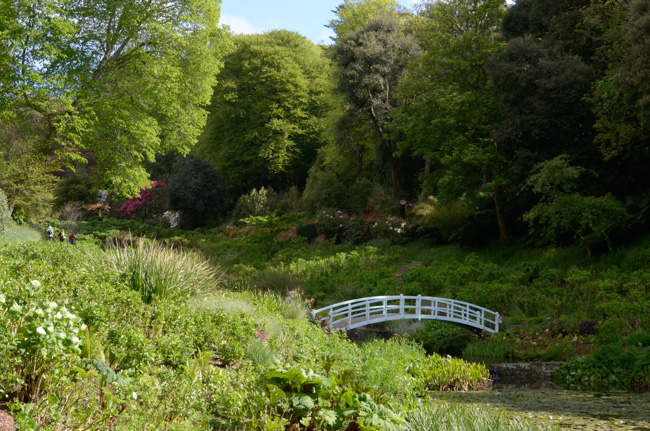
The next day we visited two gardens in Cornwall. Historical climate patterns predicted misty, rainy, blustery, foul weather on many, if not most, days of the trip. We often lucked into beautiful sunshine!
Trebah Gardens occupies a narrow ravine sloping down to the sea. A stream provides many water features.
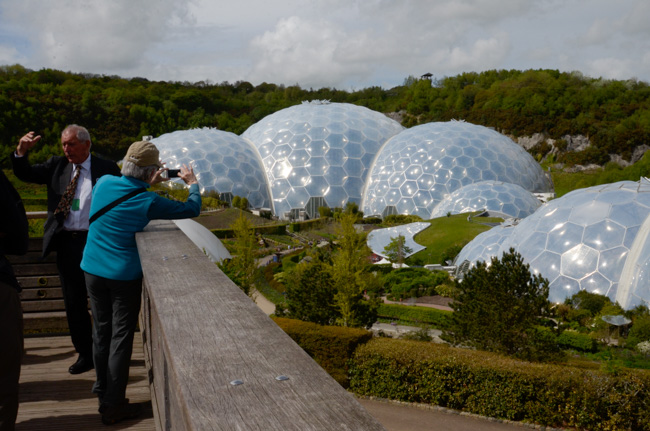
The Eden Project features gardens within a garden. Two biospheres are contained within the domes: tropical and Mediterranean. They are self-sustaining with compatible fauna augmenting the flora.
The surrounding park had its own attractions including a train and a zip line.
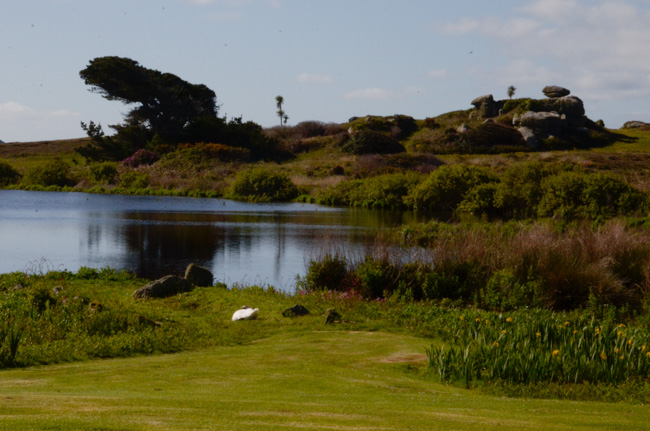
Our visit to the Isles of Scilly featured the Tresco Abbey garden. The expedition leaders expressed embarrassment at the tame fare so far. The "Wild" component of the title hadn't really kicked in yet.
Scilly is a birder's paradise. An organized group of birders had their own leaders and agenda. I recognized them from a distance by the bristling binoculars and loooong camera lenses.
We now cruised across the Celtic Sea to Ireland.
Click your "back" button to return to the previous page or click for our picture album.